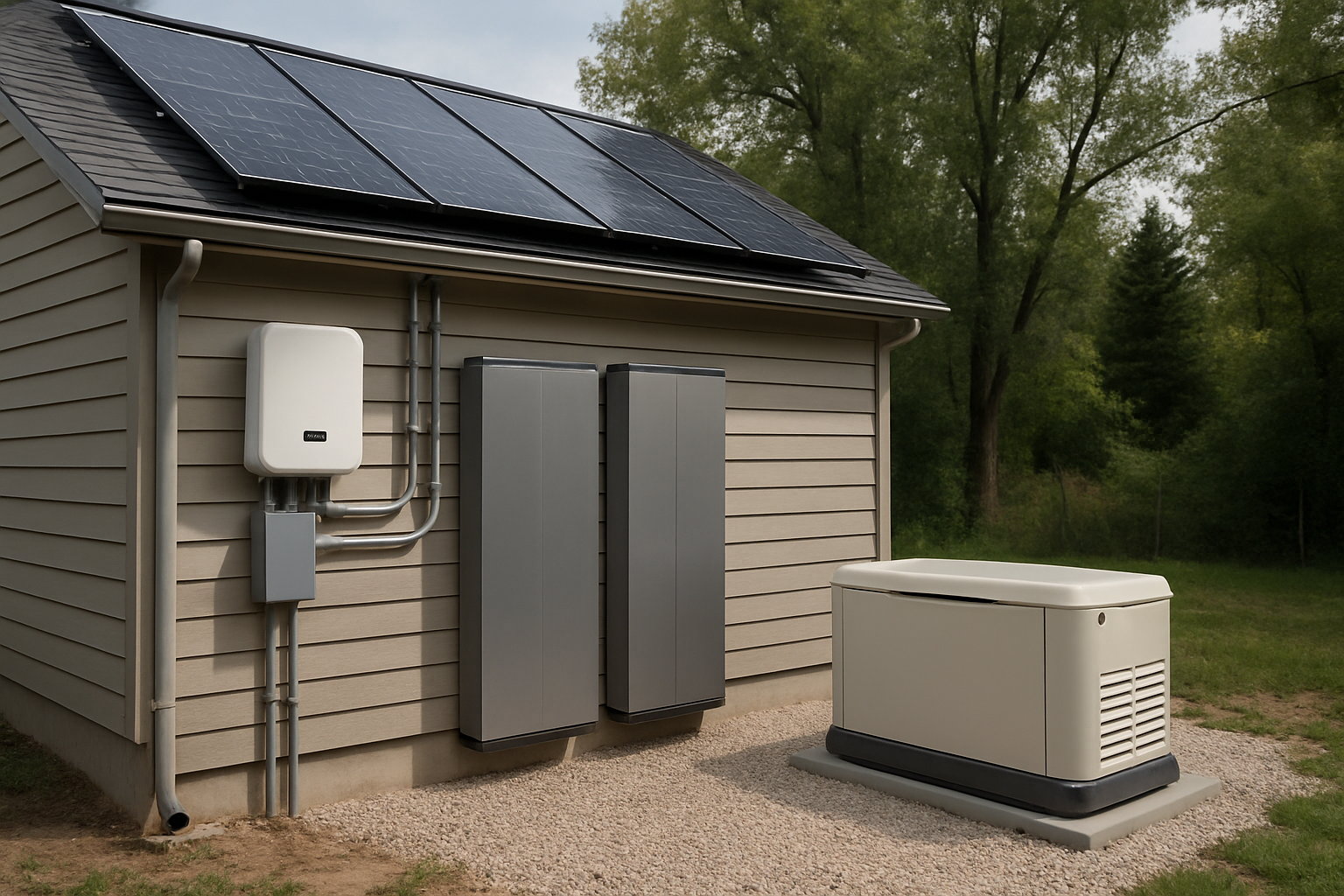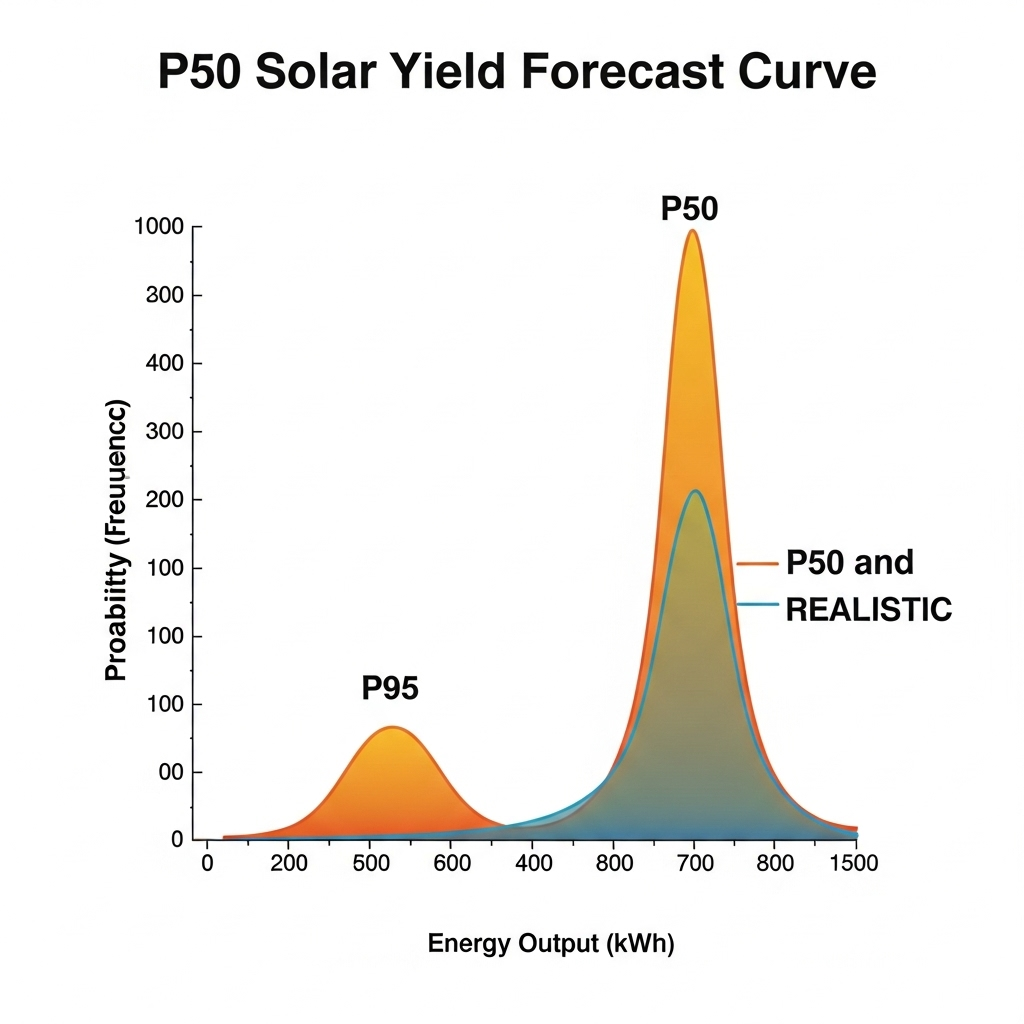Generator runtime optimization represents one of the most critical yet overlooked aspects of off-grid power management. While many focus on solar panel sizing or battery capacity, the strategic scheduling of generator hours per kilowatt-hour can dramatically impact operational costs and system longevity. This data-driven analysis reveals how proper generator scheduling reduces fuel consumption by 40-60% while extending equipment life.
Understanding Generator Efficiency Curves
Generator efficiency varies significantly based on load percentage, with most diesel gensets achieving peak efficiency between 75-85% of rated capacity. Operating below 30% load results in wet stacking, carbon buildup, and fuel waste. The optimal hours per kWh metric considers both fuel consumption rates and maintenance intervals.
Load-Based Efficiency Analysis
Research from the International Energy Agency shows that generator efficiency drops exponentially at partial loads. A 10kW diesel generator consuming 2.5 liters per hour at full load may require 1.8 liters per hour at 30% load, resulting in 6 liters per kWh versus 2.5 liters per kWh respectively.
| Load Percentage | Fuel Consumption (L/kWh) | Efficiency Rating | Recommended Runtime |
|---|---|---|---|
| 25-40% | 4.2-3.8 | Poor | Avoid extended periods |
| 50-65% | 3.2-2.9 | Fair | Short bursts only |
| 75-85% | 2.5-2.3 | Optimal | Primary operating range |
| 90-100% | 2.7-3.1 | Good | Peak demand periods |
Battery Integration Impact
LiFePO4 batteries enable strategic load shifting, allowing generators to operate in optimal efficiency zones. Instead of running continuously at low loads, generators can charge batteries at high efficiency, then shut down while batteries supply loads. This approach typically reduces generator hours by 60-70% while maintaining power availability.
Strategic Runtime Scheduling
Optimal generator scheduling involves three key phases: bulk charging, absorption charging, and maintenance cycles. Each phase requires different runtime strategies to maximize efficiency and minimize fuel consumption.
Bulk Charging Phase
During bulk charging, batteries accept maximum current, allowing generators to operate at high loads. A properly sized generator should achieve 0.2-0.3C charging rates, ensuring efficient fuel utilization. For a 100kWh battery bank, this translates to 20-30kW charging power, requiring generator operation at 70-85% capacity.
Absorption and Float Management
The absorption phase presents efficiency challenges as charging current decreases. Smart controllers should transition generators to other loads or shut down once absorption begins. Float charging should primarily rely on solar input, with generators providing backup only during extended cloudy periods.
Data-Driven Optimization Strategies
Modern off-grid systems benefit from data logging and automated decision-making. Key metrics include state of charge trends, load forecasting, and weather predictions. These data points enable predictive generator scheduling rather than reactive operation.
Predictive Load Management
Historical load data reveals patterns that inform generator scheduling. Facilities with predictable daily peaks can schedule generator operation during high-demand periods, maximizing efficiency while minimizing runtime. Load forecasting algorithms can predict when generator support will be needed 6-12 hours in advance.
Weather-Based Scheduling
Solar production forecasts influence optimal generator timing. During predicted cloudy periods, generators should pre-charge batteries to higher state of charge levels. Conversely, sunny forecasts allow delayed generator starts, relying on solar production for primary charging.
Economic Impact Analysis
Optimized generator scheduling delivers measurable economic benefits through reduced fuel consumption, extended maintenance intervals, and improved battery life. Field data shows 40-60% fuel savings compared to continuous low-load operation.
Fuel Cost Reduction
A typical remote site consuming 50kWh daily might operate a generator 12-16 hours at partial load, consuming 180-220 liters of fuel weekly. Optimized scheduling reduces this to 6-8 hours at high efficiency, consuming 80-100 liters weekly. At current fuel prices, this represents $3,000-5,000 annual savings per site.
Maintenance Cost Benefits
Reduced runtime and optimal loading extend maintenance intervals. Generators operating in efficiency zones require oil changes every 200-250 hours versus 100-150 hours for continuous low-load operation. This translates to 30-40% reduction in maintenance costs over the generator's lifespan.
Implementation Best Practices
Successful generator optimization requires proper system design, control programming, and monitoring capabilities. Key implementation factors include battery sizing, inverter coordination, and automated control systems.
System Sizing Considerations
Battery capacity should support 12-24 hours of average loads without generator support. This sizing allows generators to operate in 2-4 hour cycles at optimal efficiency rather than continuous partial load operation. Oversized battery banks enable longer generator-off periods but increase system costs.
Control System Programming
Advanced controllers should monitor multiple parameters: battery state of charge, load trends, solar production, and fuel levels. Programming should prioritize generator operation during high-load periods and defer starts during predicted solar production windows. Emergency overrides ensure power availability during critical situations.
Measuring Success
Key performance indicators for generator optimization include fuel consumption per kWh delivered, generator capacity factor, and system availability. Successful implementations typically achieve 2.5-3.0 liters per kWh fuel consumption with 95%+ system availability.
Regular monitoring and adjustment ensure continued optimization as load patterns evolve. Quarterly reviews of generator runtime data, fuel consumption trends, and maintenance schedules identify opportunities for further improvement. Sites implementing data-driven generator scheduling report significant operational cost reductions while maintaining reliable power delivery.
The transition from reactive to predictive generator management represents a fundamental shift in off-grid power system operation. By leveraging data analytics, weather forecasting, and advanced battery storage, operators can achieve unprecedented efficiency levels while reducing environmental impact and operational costs.





Leave a comment
All comments are moderated before being published.
This site is protected by hCaptcha and the hCaptcha Privacy Policy and Terms of Service apply.